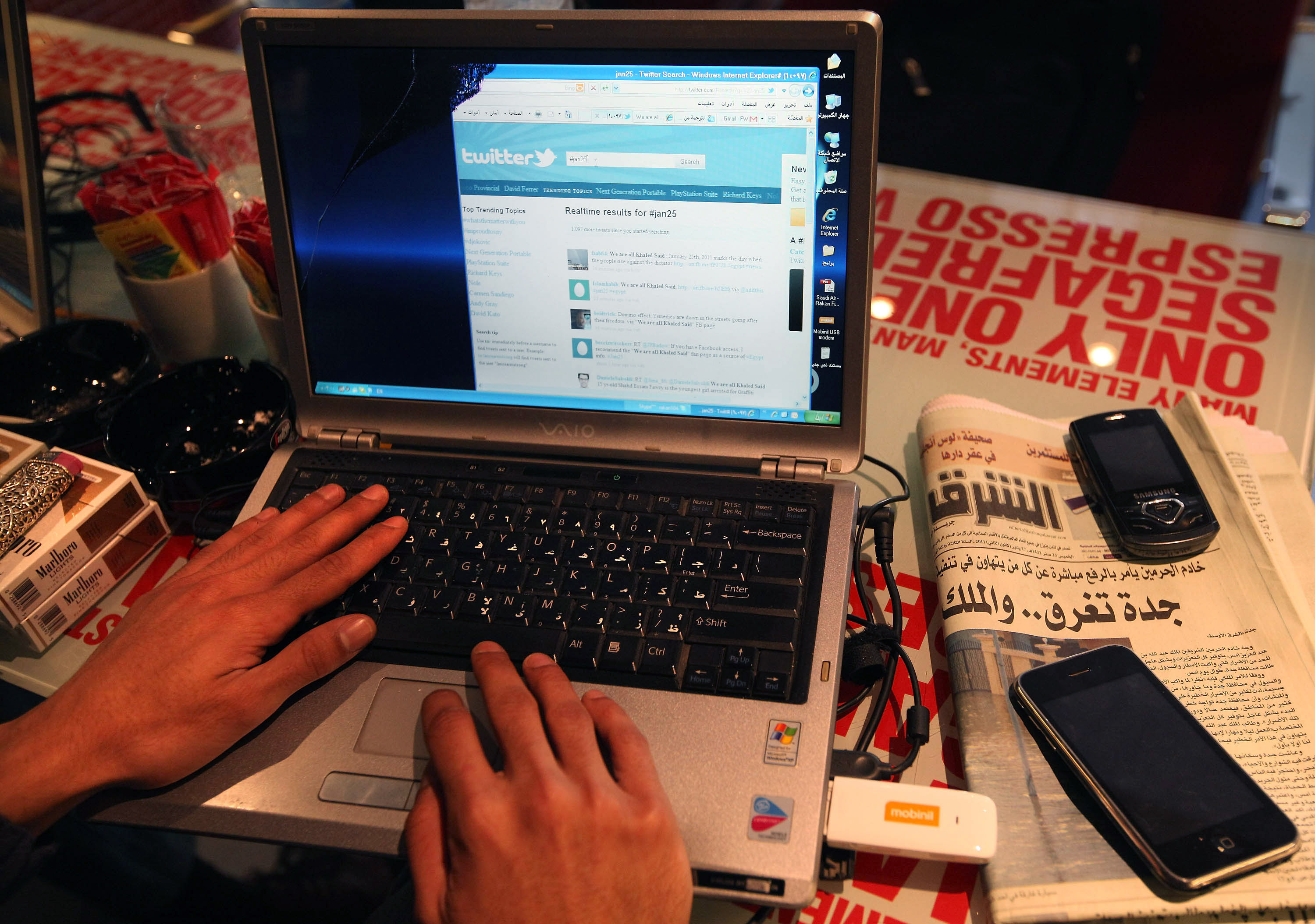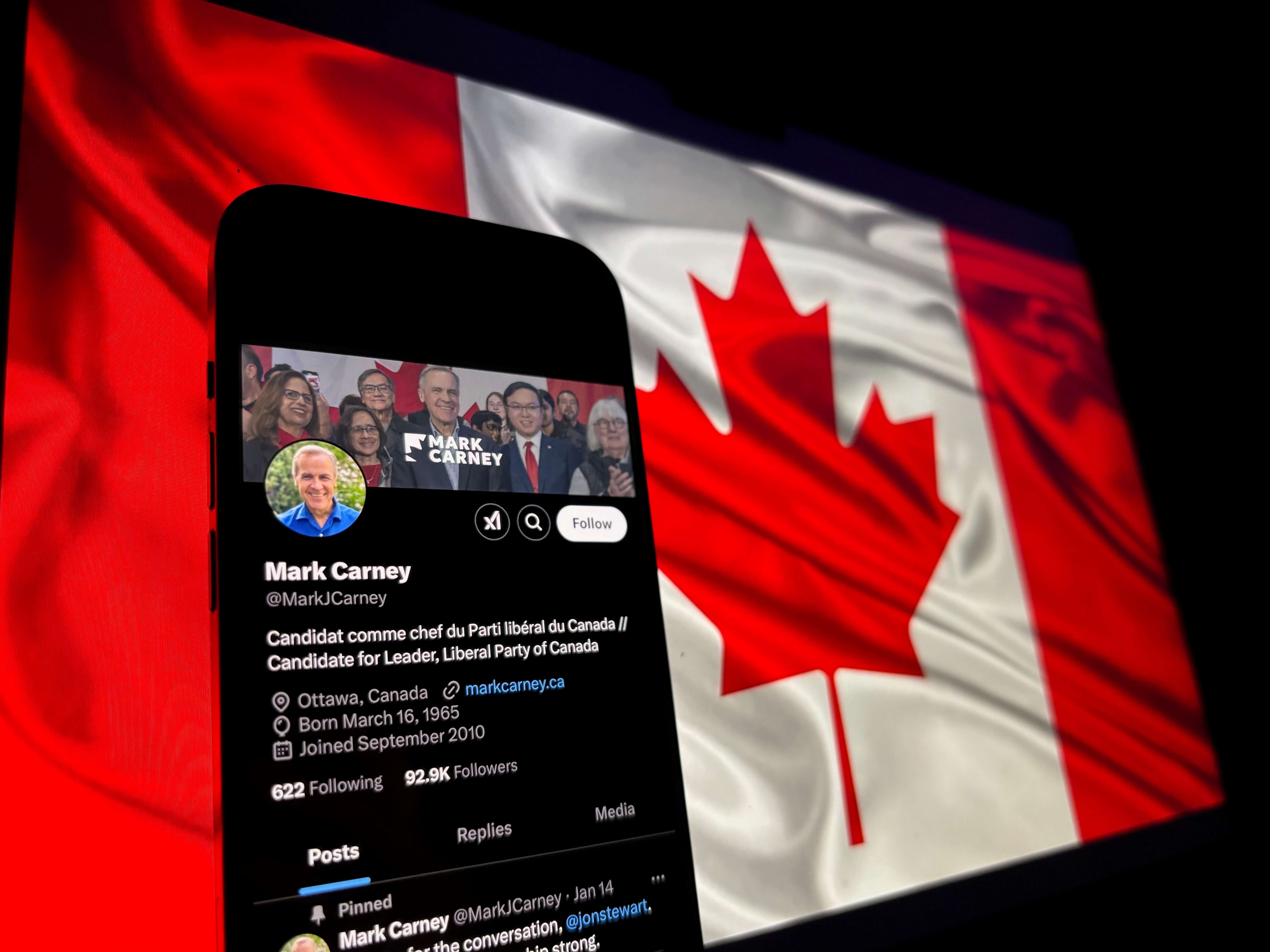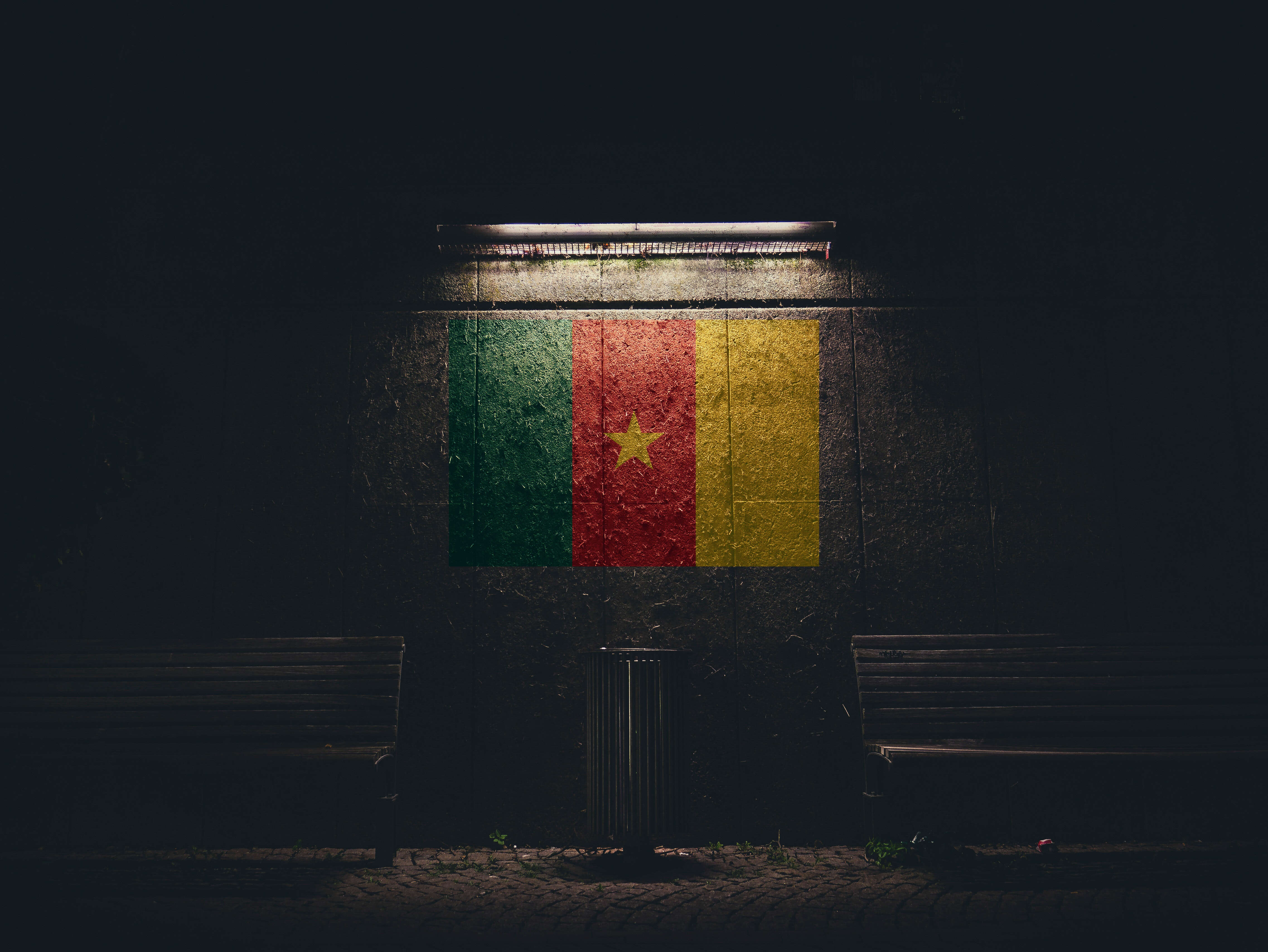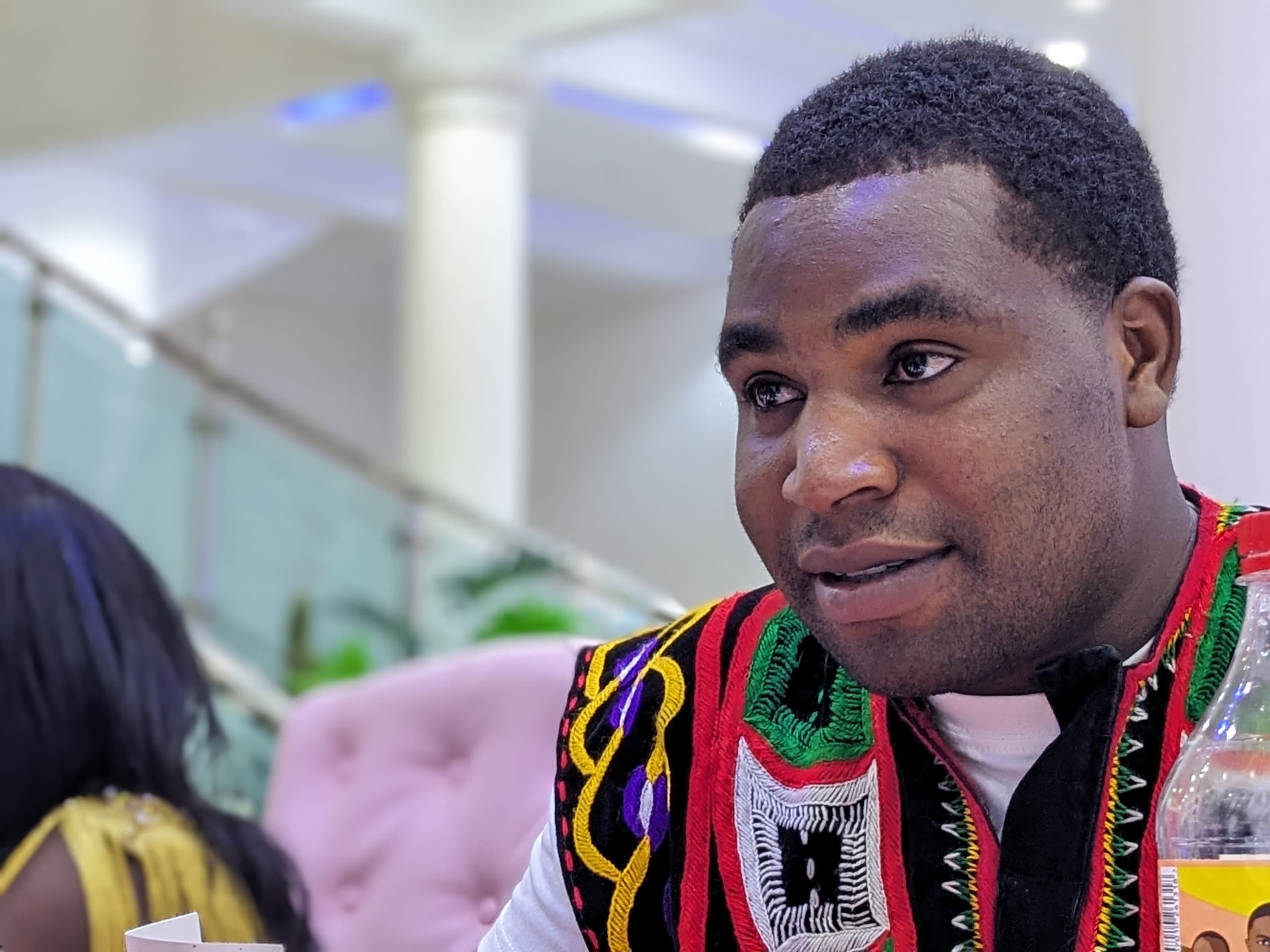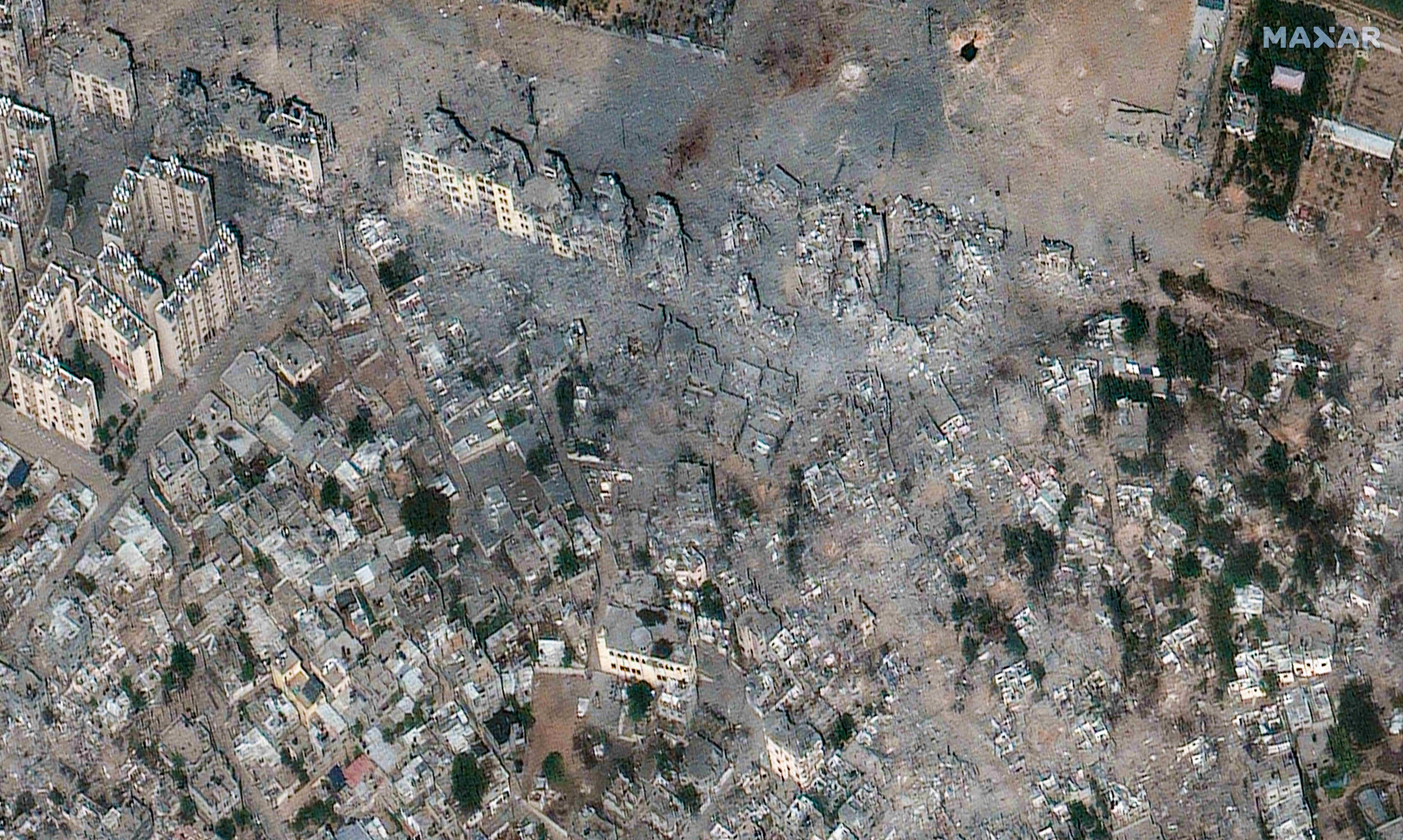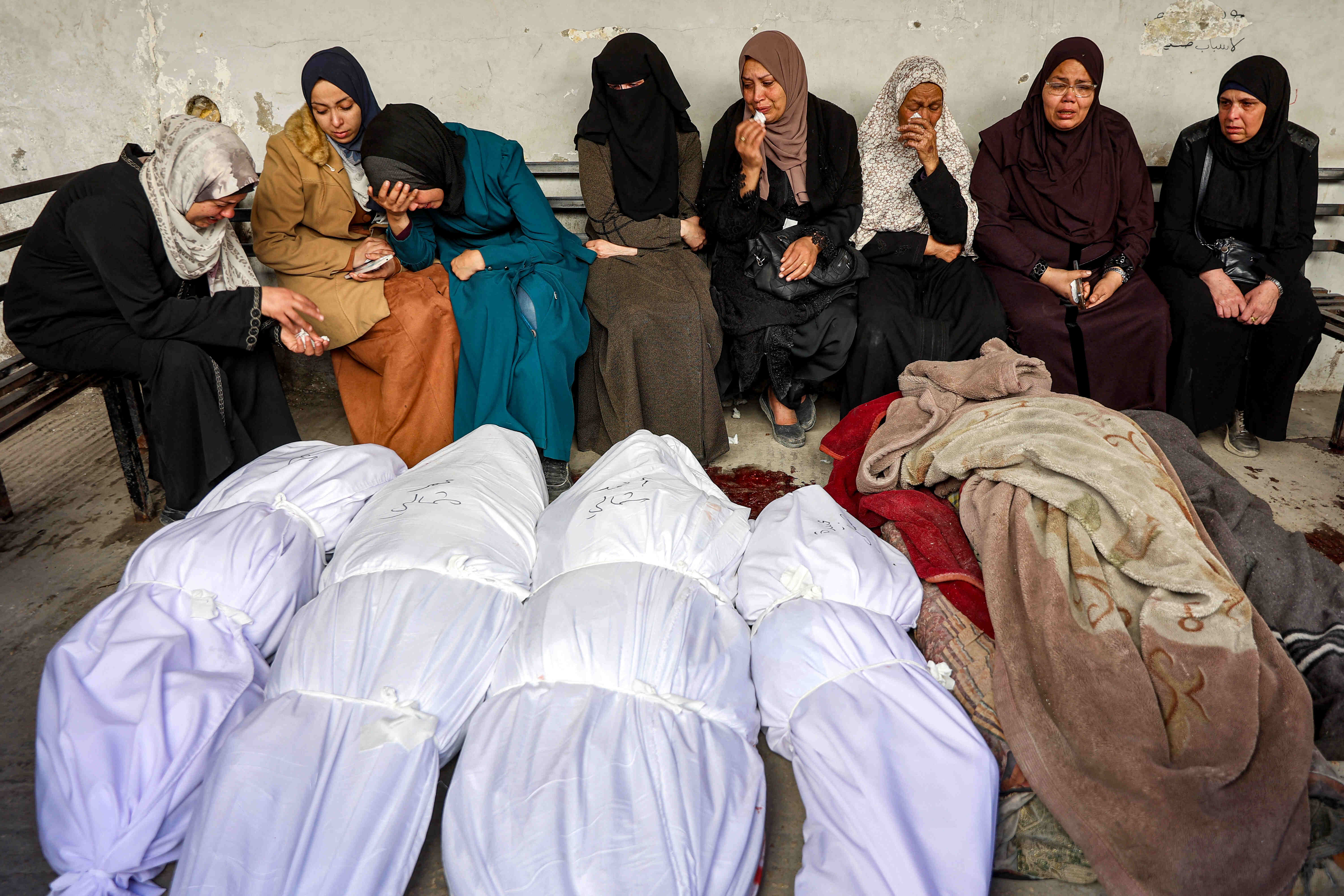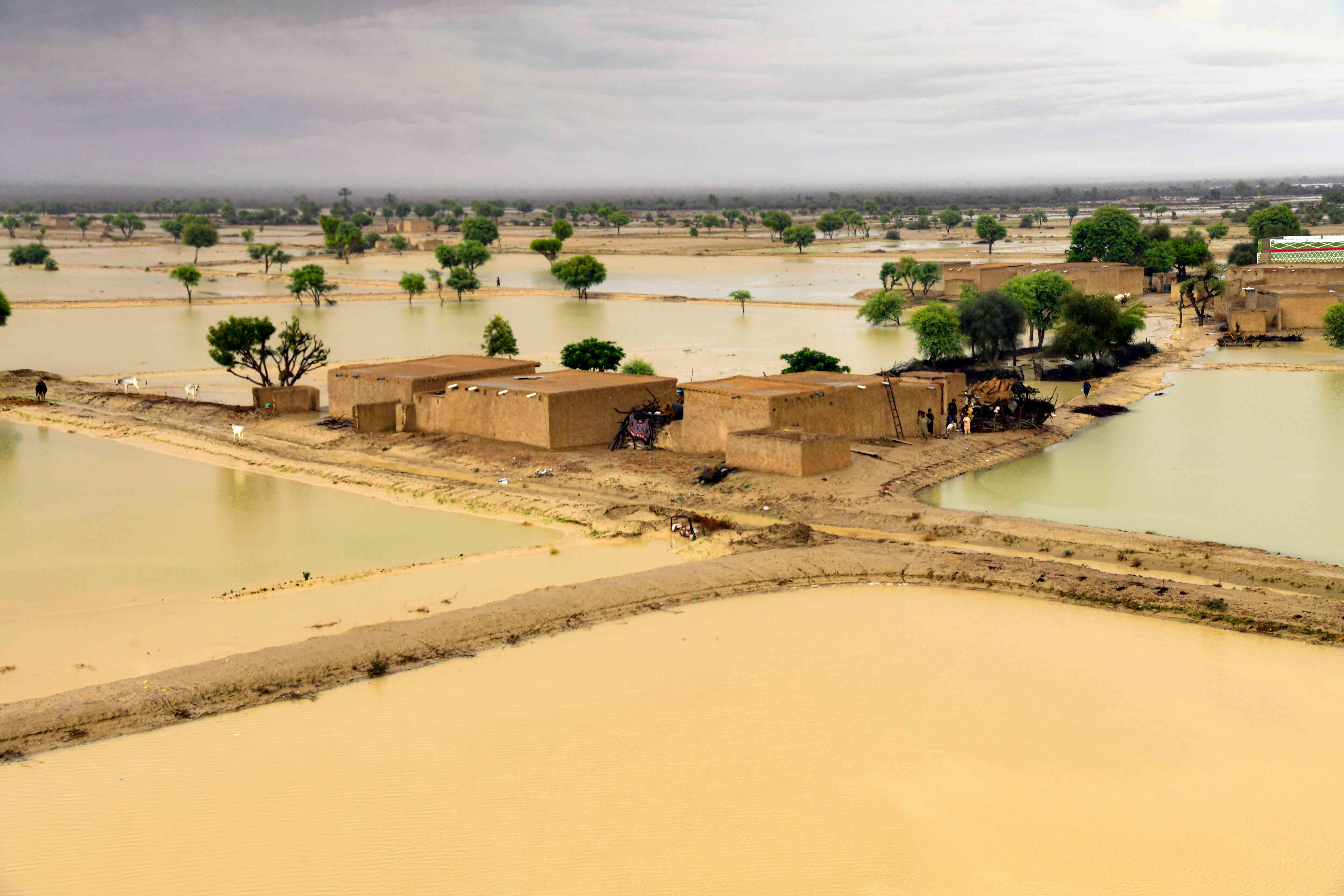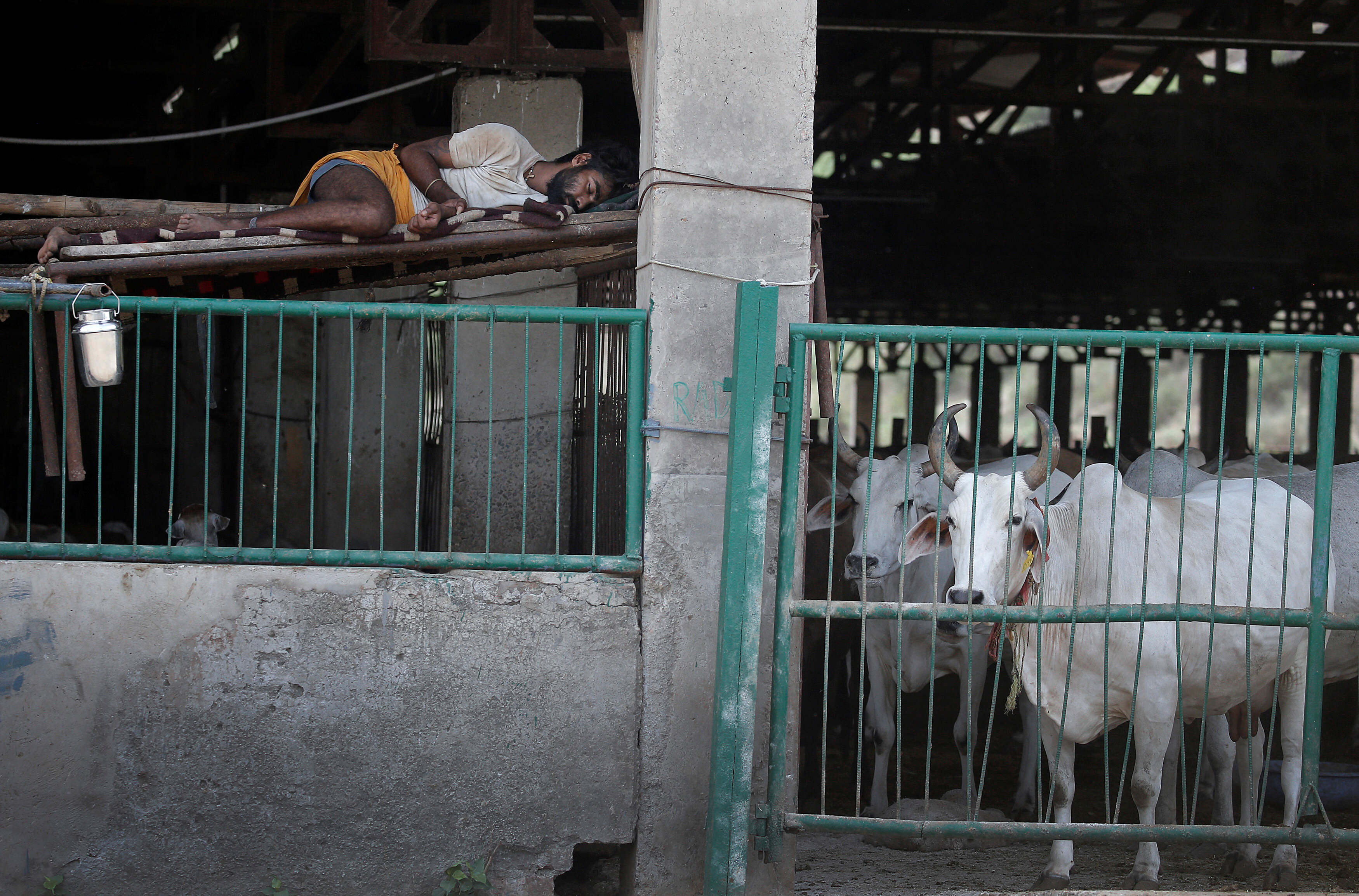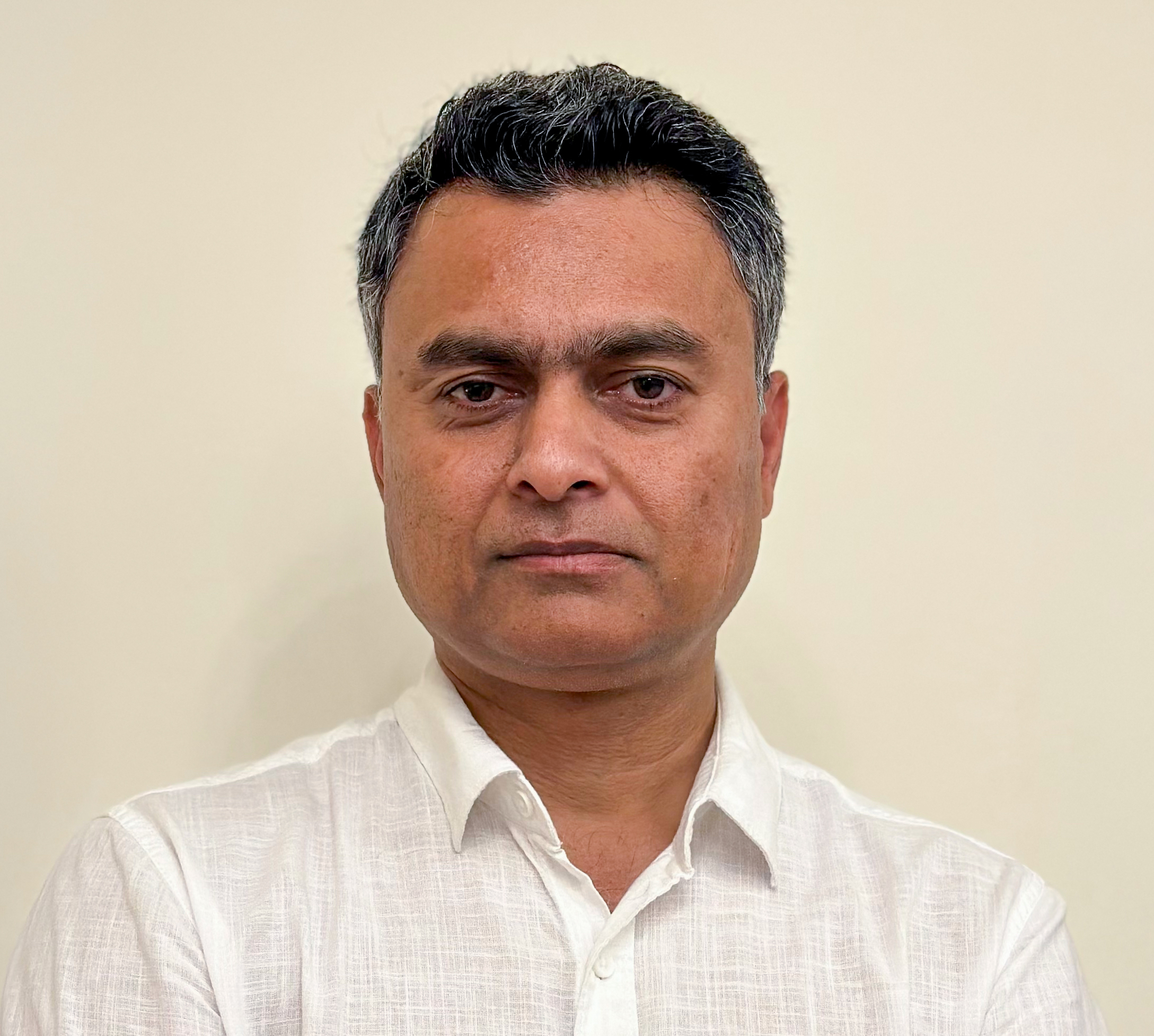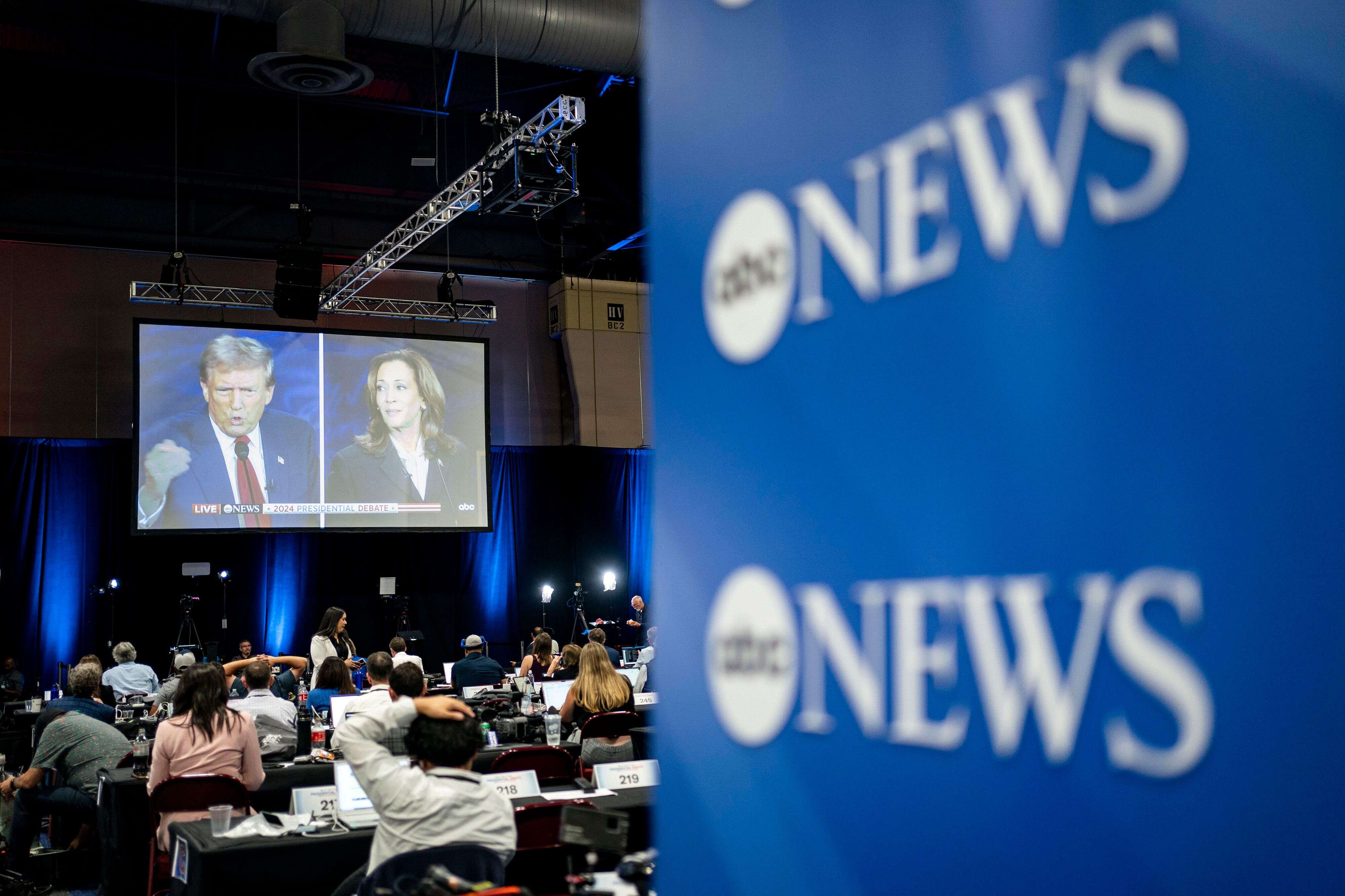Successfully integrating social newsgathering into your newsroom requires engaging key stakeholders throughout your organisation - among these, senior editors will play a critical and often overlooked role. There is a general lack of resources supporting senior editors. This chapter aims to introduce the key opportunities, challenges and considerations from the editor’s perspective, and seeks to answer the question: What should the senior editor responsible for social newsgathering know?
Before unpacking this, let’s start with another, more foundational question: Why is the role of the editor so key to any discussion of social newsgathering and eyewitness media? Put simply, the most successful organisations working with UGC and eyewitness media are invariably those where editors have invested time and energy into designing, refining and implementing newsroom processes and policies that are tailored to social newsgathering. In the often tumultuous conditions of a breaking story, newsrooms without well-established processes are not only less likely to find and acquire compelling content, but they are also more likely to make errors with UGC that can have a lasting impact on a publication’s credibility.
To design newsgathering processes that make the best use of the opportunities presented by social networks and UGC, editors themselves should have an in-depth understanding of the key tenets of social newsgathering: discovery, verification, and permissions and attribution. Understanding the tools and techniques is not only important in dividing and assigning roles, for example, but also in understanding the wider limitations of those tools and techniques.
As this is still very much an emergent field, and one in which editors’ perspectives are often overlooked, we also encourage editors working to set up social newsgathering teams to externalise and share the valuable lessons they are learning: publish blog posts, speak at conferences, tweet.
Continuing Professional Development
Providing ongoing professional training for yourself and colleagues is important in any newsroom. For social newsgathering teams, however, given the dependency on a wide range of tools, technologies and platforms, the need is especially urgent: new tools emerge and old tools disappear frequently, platforms often tweak APIs and introduce new features that can help (or hinder) social newsgathering, and new techniques and best practices to accompany new tools are constantly being developed.
The pace of change in the field also seems to be accelerating: the increased adoption of smartphones and access to the internet is creating increasing volumes of valuable content. This dynamic, in turn, drives the pace of innovation in methods and tools for making sense of all that content.
Consider this: in the five years since the start of the Arab uprisings, the hours of video uploaded to YouTube every minute has increased by a multiple of more than 10: from 35 hours per minute in November 2010 to 400 hours per minute in July 2015. Between April 2013 and February 2016, messaging service WhatsApp increased its monthly active user base from 200 million in 2013, to 1 billion in 2016.
New formats and platforms emerge all the time: think Snapchat, Periscope, 360 video. The principles and priorities of responsible journalistic social newsgathering don’t change - but we have to adapt tools and techniques for discovery, verification and attribution to match this new reality, and prepare for new developments in future.
Keeping abreast of the latest tools and research need not be a cost-intensive process. While there is great value in face-to-face training workshops with social newsgathering experts, newsrooms on a tight budget can also stay fairly well up to date by following a handful of Twitter accounts and dedicating a portion of time each week to reading a couple of blog posts. Attending events - of which there are an increasing amount, including in the MENA region - is also a great way to stay up to date not only on questions of tools and techniques, but also the wider issues of trauma, ethics, and law.
Excellent training resources and ongoing social newsgathering-related publishing can be found at:
-
First Draft News (limited content in Arabic).
-
Verification Handbook (also available in Arabic).
-
The Checklist (some content available in Arabic).
Protecting the team: HR considerations around vicarious trauma
Among the most important developments in the field of social newsgathering over the past five years has been research into the impact on the mental health of journalists of routinely bearing witness to violent and graphic content as part of the social newsgathering and verification process. The term used to describe this unique type of post-traumatic stress disorder (PTSD) is vicarious or secondary trauma.
As senior editors, we are responsible for ensuring a safe and productive working environment for colleagues. Understanding the dangers of vicarious trauma is an essential first step to design practical policies and management structures to mitigate the impact of trauma on your teammates. Pioneering 2015 survey research into the topic by Eyewitness Media Hub found that 90 percent of respondents working as journalists viewed eyewitness media at least once per week. Fifty-two percent of journalist respondents view distressing eyewitness media several times a week. Forty percent of survey respondents said that viewing distressing eyewitness media has had a negative impact on their personal lives, with symptoms ranging from experiencing flashbacks, nightmares, and developing stress-related medical conditions.
This topic is especially important for editors working in the Middle East and North Africa, where the growth of social newsgathering has coincided with Arab uprisings and their brutal suppression. The volume of graphic content emerging from the region—whether from wars in Syria, Iraq, Yemen, Libya, and Gaza, or from protest movements in Egypt, Saudi Arabia, Lebanon, Bahrain, Tunisia and Morocco—is unparalleled. As pointed out in a 2015 Columbia Journalism Review article on the subject, vicarious trauma is perhaps most harmful when reporters feel a connection to the media — something unavoidable for many journalists working in social newsgathering in the region.
Given the significant risks to the mental well-being of our colleagues, how can we as senior editors act to ensure our team is protected to the greatest extent possible? There are excellent resources that should be considered essential reading for understanding vicarious trauma and its impact and mitigation strategies. The strategies to address vicarious trauma broadly fall into three categories:
Acknowledging the problem & creating a supportive environment
The first step in dealing with vicarious trauma is to acknowledge the emotional difficulty of viewing distressing eyewitness content, and creating a supportive environment for reporters. This could mean making sure that team members are themselves aware of the risks of vicarious trauma, creating opportunities to discuss and share experiences of vicarious trauma (such as regular team debriefings). According to Bruce Shapiro, Executive Director of the Dart Centre for Journalism and Trauma: "The single most important thing we know from every study that has ever been done on effective treatments and programmes, is peer support. Social connection for people exposed to trauma is the single best predictor of resilience. Social isolation is the single best predictor of difficulty.”
In addition to providing adequate emotional support, other factors that can aid colleagues’ in dealing with traumatic content include ensuring their physical workspace is as comfortable as possible: provide natural light, and make sure reporters take regular breaks throughout the day to leave the desk.
- Design work plans with trauma in mind: There are several simple steps for organising the day to day tasks of social newsgathering that editors can take to protect their colleagues.
- Limit exposure: Turn down audio volume (which has a particularly distressing impact) on videos; ensure that reporters aren’t viewing content that won’t be used or broadcast; view only as much of a video as is required, and only as many times as absolutely required; and ensure that violent and graphic content is viewed on as small a portion of computer monitors as possible. Be aware that introducing new platforms into your social newsgathering suite can introduce new risks around traumatic content.
- Avoid surprise: Unexpected exposure to violent or graphic content is more traumatic than viewing content when a reporter is mentally prepared to view content. Ensure that newsroom content management systems provide adequate warnings for traumatic content, and if sharing traumatic content with colleagues be sure to highlight the distressing nature of the content. Build policies and workflows that take maximum care to limit unexpected exposure.
- Share the burden: Designing rotation systems that ensure no one reporter is routinely left working alone on eyewitness media for extended periods and make sure reporters take periods away from social newsgathering to work on less distressing content.
- Provide adequate health care: Ensure that reporters have access to counselling and mental health professionals trained to deal with different forms of PTSD. Review health insurance and other organisational policies to ensure they take into account the risks faced by reporters working with eyewitness media.
Conclusion
The behind-the-scenes work of senior editors in newsrooms can often go unnoticed and under appreciated — but we should be careful not to undervalue the indispensable role they play in setting up and maintaining a newsroom’s social newsgathering operation. The broader social newsgathering community, as well as editors themselves, have to do more to create space for the discussion of editorial and management challenges in the field, and support the creation of more training resources for editors.
This article first appeared as a chapter in the book "Finding Truth Amongst the Fakes."
